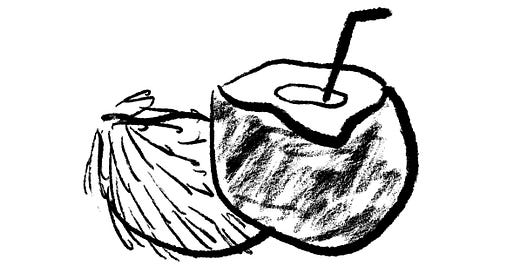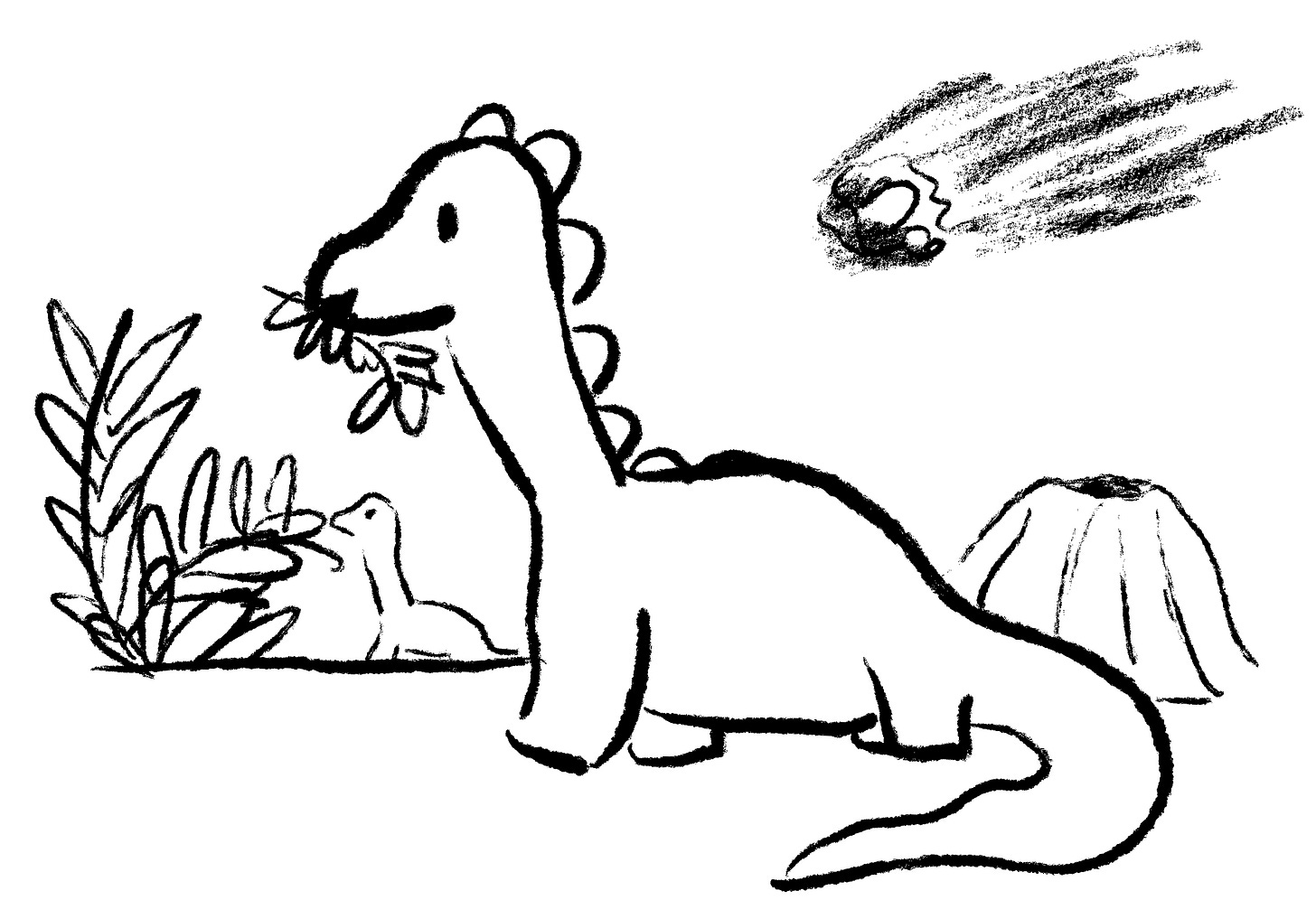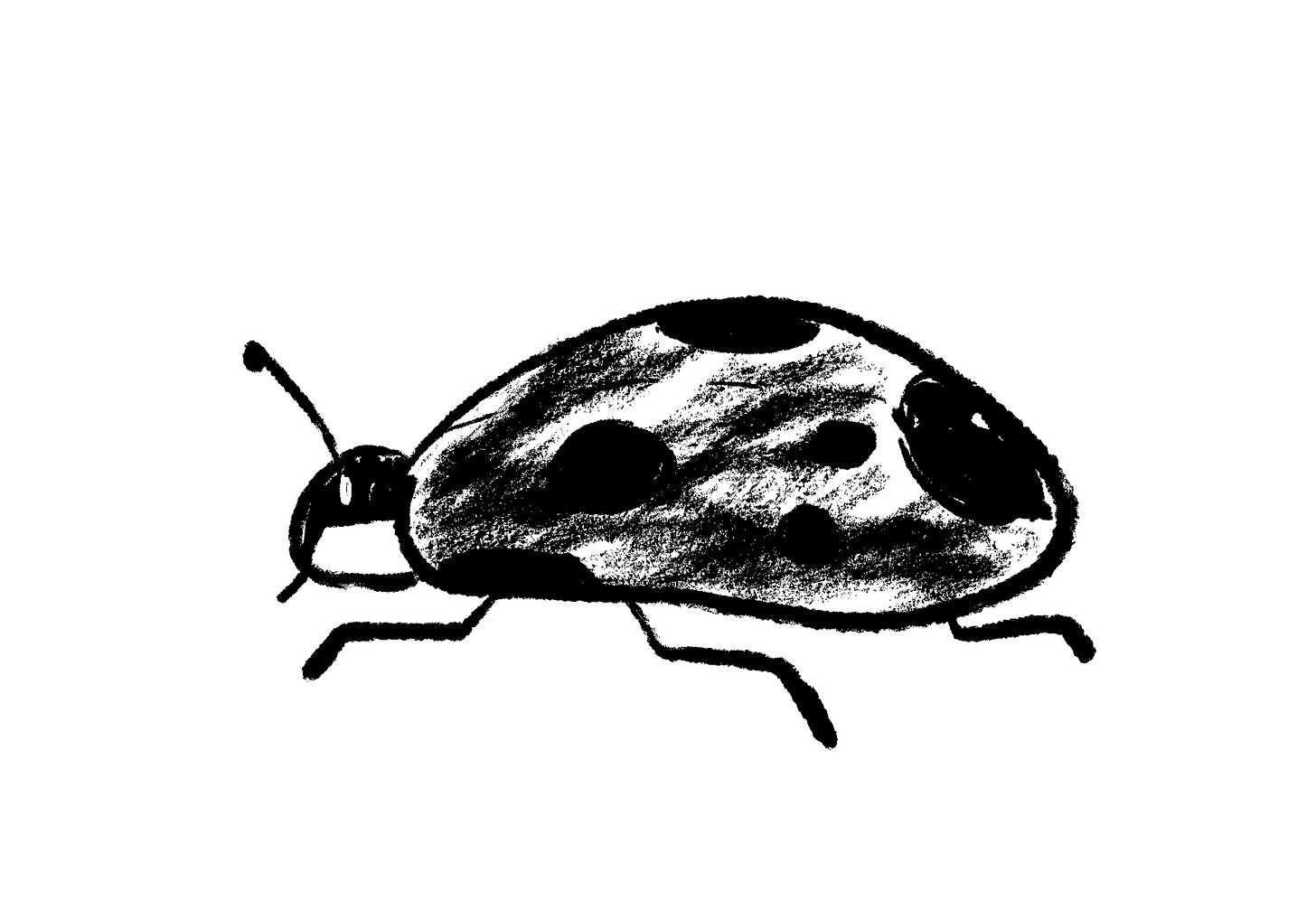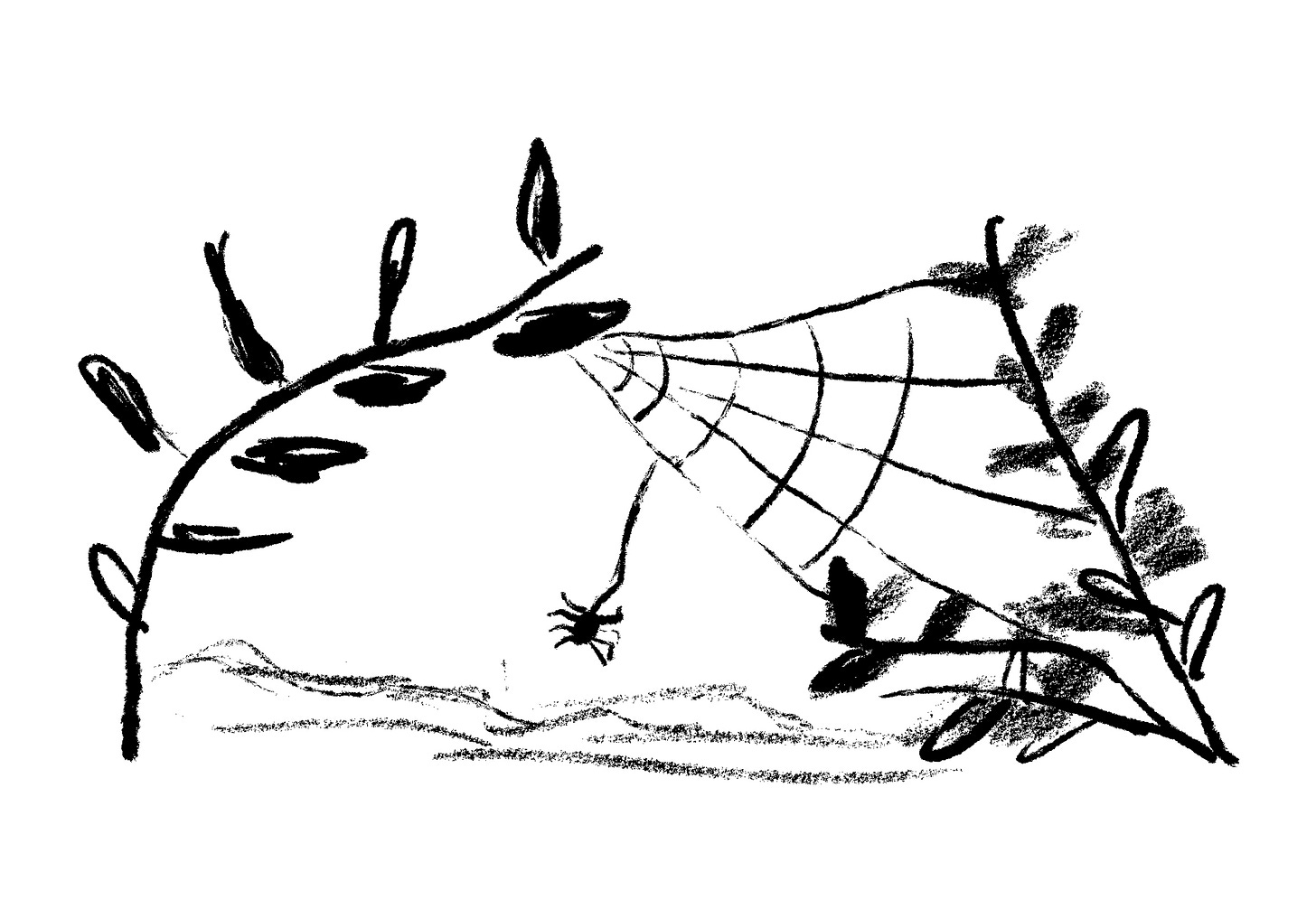Why is my coconut water pink?
This, and other questions & answers for your curious inner child.
If you’re new to this newsletter, this is my just-for-fun segment each month that is essentially: “What I Googled This Month”. The intention is to bring some levity to your inbox and who knows- maybe you can parade some new fun facts at your next gathering.
You can read a brief blurb about my insatiable thirst for random facts here.
Please note: I am not an expert and this is truly just for fun. I don’t personally stand behind any of the sources. If you’d like to learn more or fact check, feel free to do some googling on your own as well and let me know what you find!
What I learned: As expected, the answers are varied, depending on where in the world the school is, and what religion we’re talking about. In the context of my original google, I was wondering about Catholic schools in BC.
According to this blogpost- which was the only thing I could find online— any school receiving public funding is required to teach the standard science curriculum. They may, however, teach religious studies on top of the regular curriculum.
Independent schools (aka those that don’t receive funding) have a bit more liberty in what they teach but it looks like they still have to follow the BC education outcomes.
I still have so many questions about this! If you have more insight, please share (respectfully) in the comments.
Why I googled: I purchased some ladybugs for the garden last week and have been keeping them in the fridge until we have a chance to use them next week. This led to a renewed curiosity about ladybugs.
What I learned: So many things! Ladybugs can live up to 2-3 years! They lose their spots as they grow older! They secrete stinky fluid when attacked! (Source)
What I learned: Spiders will start by spraying out a line of silk, waiting for the wind to carry it and attach/ stick it to something. The spiders will feel that vibration and once attached, they’ll walk the line to reinforce it, and build their web from there. (Source.) If you want to see it in action, you can watch this fascinating video narrated by the beloved David Attenborough.
Note: A follow up google was “Do spiders ever run out of silk” and the answer is no:
The silk starts as a liquid stored in internal silk glands before hardening into a solid form, according to the Smithsonian magazine. Once the silk is solid, spiders use structures called spinnerets on the outside of their abdomens to produce the silky fiber, also known as gossamer.
The spinnerets are what spiders uses to create their silk, and they have spigots in them that connect to the silk glands. Most spiders have six spinnerets and four to six glands for producing silk, although these numbers vary by species. (Source)
Why I googled: I grew up drinking this brand of coconut water in my family, before it became popular as a hydration method in North America, and it was always clear in colour. (More recently, I’ll drink the ones that come in opaque cans.)
At the grocery store the other day, a fancy brand had the product in a clear bottle and it was slightly pink, as if coloured by strawberry koolaid, despite not being a flavoured product.
What I learned: Turning pink is a natural effect of oxidation! When we do see clear coconut water, it means it’s either super fresh (right from the coconut) or it has been processed using high heat/ extra chemicals to keep the water clear. This can cause it to lose some of its natural flavour. (Source)








